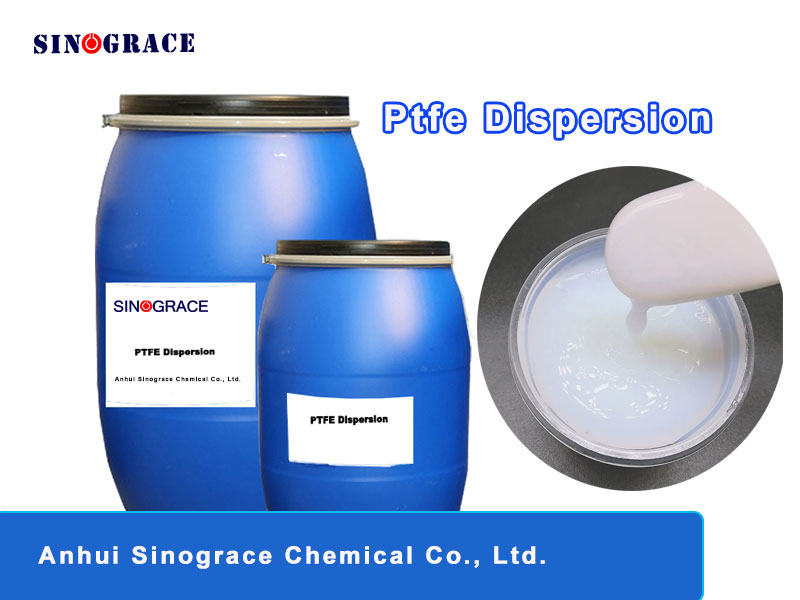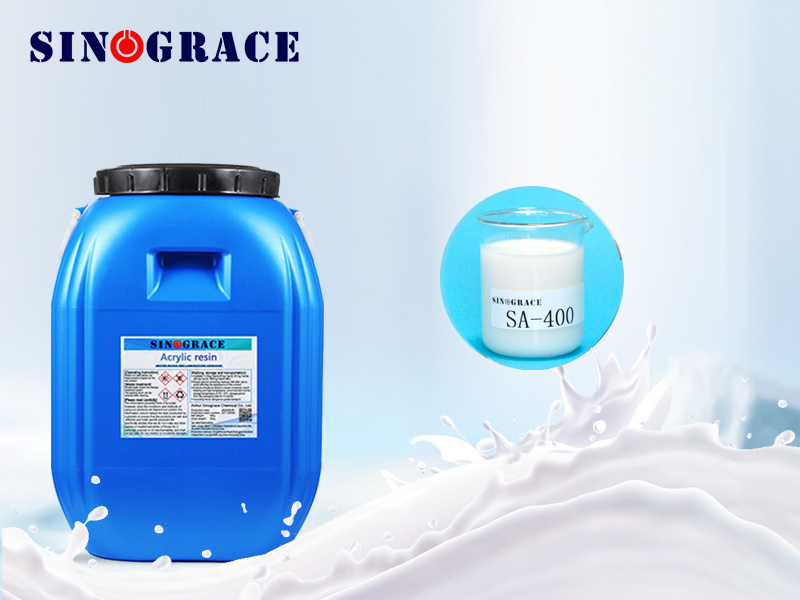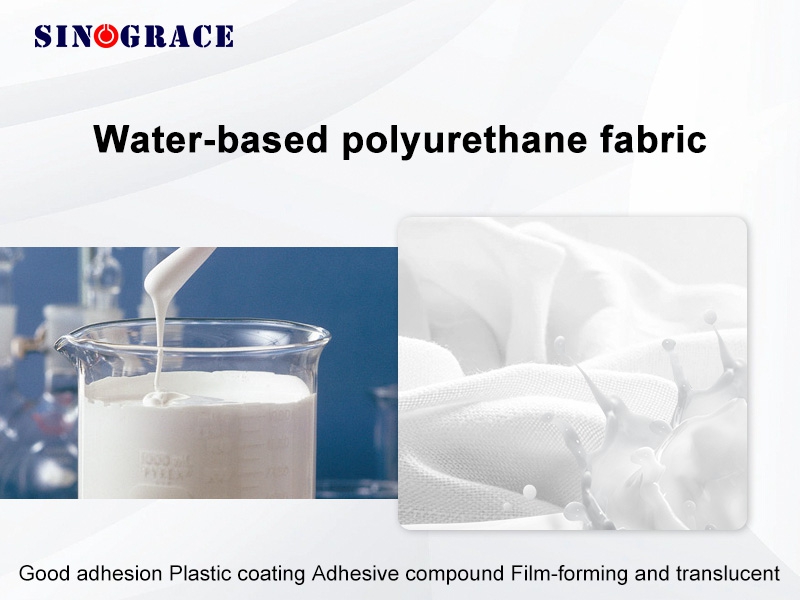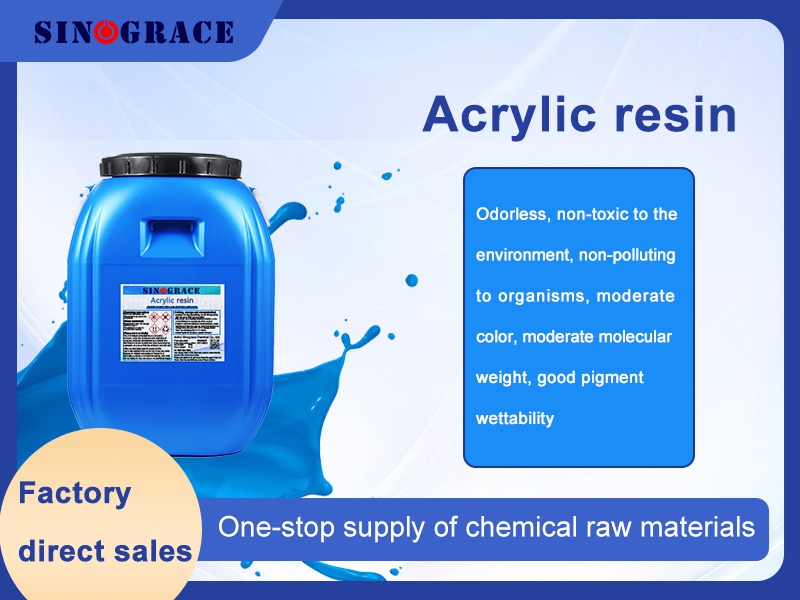Sinograce Chemical - Waterborne acrylic resin
Water based acrylic acid Sinograce Chemical masters the core technologies of primary and secondary dispersions. By precisely regulating key parameters such as molecular weight, glass transition temperature, core-shell structure, physical and chemical modification, and particle size, it can meet diversified application scenarios and customize innovative products according to customer needs. Acrylic dispersion is a high-performance acrylic resin without surfactants and is widely used in various coating systems. These dispersions perform exceptionally well in coating formulations, endowing the coating with superior hardness, chemical resistance and anti-corrosion properties, ensuring the stability and long-lasting durability of the product. Sinograce Chemical offers a wide range of acrylic dispersions, covering coatings, inks, wood coatings and special applications, providing reliable and proven stability for various products. In addition, we work closely with our customers to develop customized acrylic dispersion solutions for high-end coating applications. Grace in waterborne acrylate copolymer chemical covering water soluble, gliadin, emulsion and dispersion four major categories, with low VOC, no APEO, contain and renewable, accord with environmental protection laws and regulations and the requirement for sustainable development. We are always dedicated to acrylic dispersions of technological innovation, continuous research and development, breakthrough products in response to changing market demand, to ensure that each product can accurately match the needs of different application scenarios. Sinograce Chemical's acrylic dispersion is widely used in: ✅ Protective coatings (from temporary coatings to long-term protective coatings) ✅ Printing ink ✅ General industrial coatings ✅ Architectural and construction coatings ✅ Textile and Paper industry ✅ High-performance adhesives ✅ Specialty high performance coatings With leading technical strength and outstanding product performance, Sinograce Chemical continuously provides customers with high-quality, environmentally friendly and high-performance acrylic dispersion solutions, contributing to the innovative development of the industry.
read more

 English
English français
français русский
русский español
español العربية
العربية








